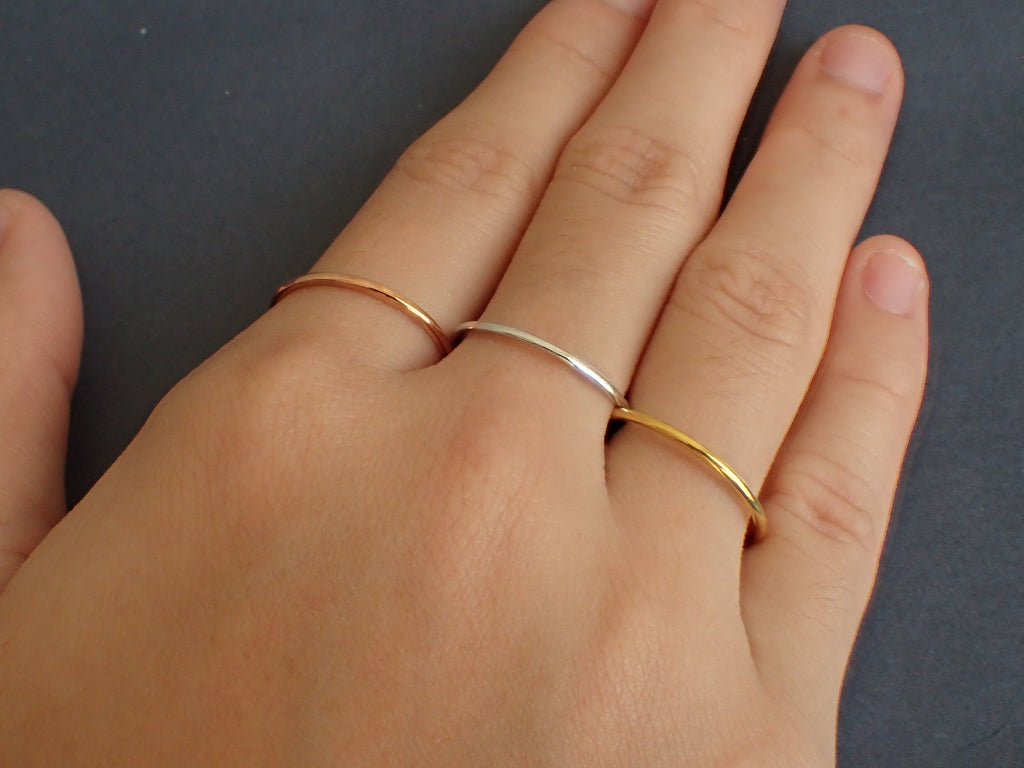When it comes to diamond cut good vs very good, understanding the nuances of diamond cuts can significantly impact both the aesthetic appeal and the overall value of the stone. Among the various quality grades assigned to diamond cuts, “Good” and “Very Good” are commonly encountered. This article delves into the distinctions between these two grades, helping consumers make informed decisions when purchasing lab-grown diamonds.
What is Diamond Cut?
The cut of a diamond refers to how well it has been shaped and faceted from its rough form. Unlike the color and clarity of a diamond, which are inherent characteristics, the cut is a result of human craftsmanship. A well-executed cut maximizes the diamond’s brilliance and fire, enhancing its visual appeal.
Grading Diamond Cuts: The Basics
Diamond cuts are graded on a scale that includes “Poor,” “Fair,” “Good,” “Very Good,” and “Excellent.” These grades assess how well the diamond reflects light and the quality of its overall craftsmanship.
Good: Diamonds graded as “Good” are well-cut and reflect a fair amount of light. They offer a pleasing appearance, though not as much sparkle or brilliance as higher-grade cuts.
Very Good: Diamonds with a “Very Good” cut grade reflect more light and exhibit superior sparkle compared to those with a “Good” cut. The craftsmanship is higher, enhancing the diamond’s overall brilliance and fire.
Comparing Good vs. Very Good Cuts
Brilliance and Fire
Good Cut: Diamonds with a “Good” cut reflect light adequately but may lack the intense sparkle and brilliance seen in higher grades. They can still be visually appealing, but their light performance is somewhat subdued compared to “Very Good” or “Excellent” cuts.
Very Good Cut: Diamonds graded as “Very Good” are cut to a higher standard, ensuring that light is reflected optimally through the diamond. This results in a noticeable increase in brilliance and fire, making these diamonds appear more vibrant and dazzling.
Craftsmanship
Good Cut: The craftsmanship of a “Good” cut diamond is competent, with most of the diamond’s facets being well-aligned. However, there may be minor imperfections in symmetry or proportion that affect its light performance.
Very Good Cut: A “Very Good” cut diamond benefits from superior craftsmanship, with precise symmetry and proportions. This meticulous attention to detail ensures that light is maximized, contributing to a more striking appearance.
Value for Money
Good Cut: Lab-grown diamonds with a “Good” cut offer a balance between quality and affordability. They are generally less expensive than “Very Good” or “Excellent” cuts, making them a practical choice for those seeking value without sacrificing too much on visual appeal.
Very Good Cut: While “Very Good” cut diamonds are more expensive, they provide a higher level of sparkle and overall quality. For those willing to invest a bit more for enhanced brilliance, these diamonds offer excellent value.
How to Choose Between Good and Very Good Cuts
When deciding between “Good” and “Very Good” cuts for lab diamonds, consider the following factors:
Budget: If you have a tighter budget, a “Good” cut diamond can still offer considerable beauty and value. For those with more flexibility, a “Very Good” cut provides a noticeable enhancement in brilliance and overall visual appeal.
Purpose: Consider the purpose of the diamond. For everyday jewelry or budget-conscious purchases, a “Good” cut may be sufficient. For special occasions or significant investments, the added brilliance of a “Very Good” cut might be worth the extra cost.
Personal Preference: Ultimately, personal preference plays a crucial role. If the diamond’s sparkle and fire are important to you, opting for a “Very Good” cut may be the better choice.
Conclusion
In the world of lab-grown diamonds, the distinction between “Good” and “Very Good” cuts is significant in terms of visual appeal and value. While “Good” cut diamonds offer a solid level of brilliance and are more budget-friendly, “Very Good” cut diamonds provide enhanced sparkle and overall quality. Understanding these differences can guide you in selecting the perfect diamond that meets both your aesthetic desires and financial considerations.

